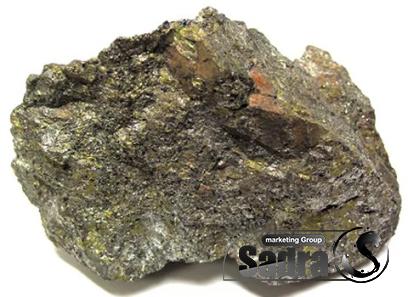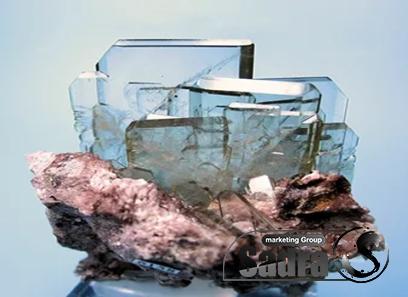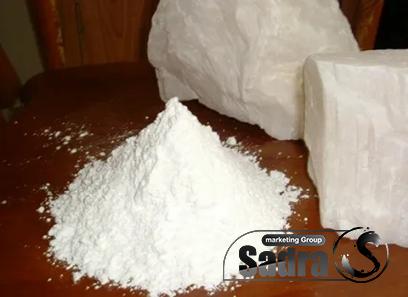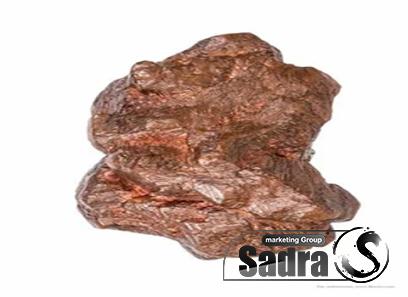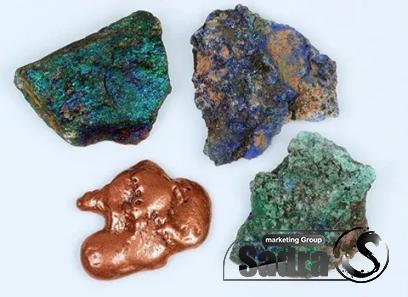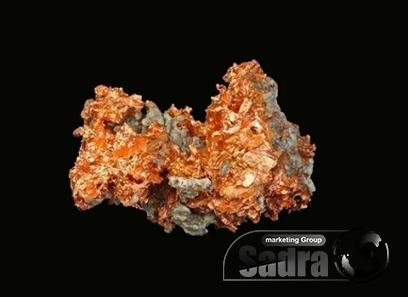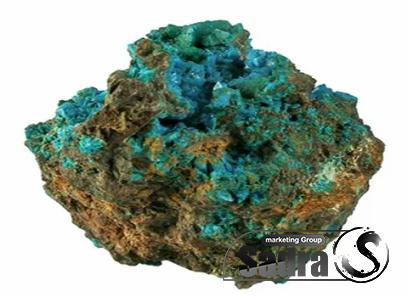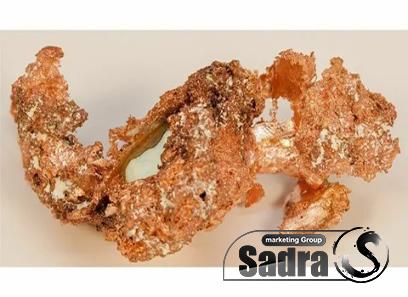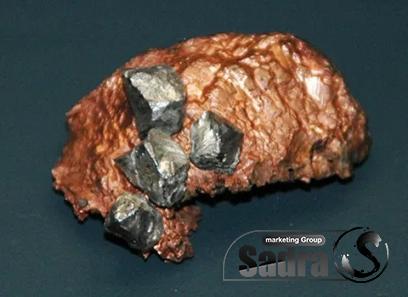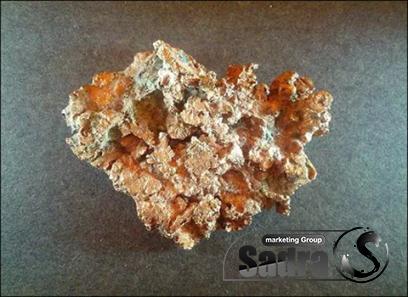gilsonite vs asphalt emulsion
Asphalt emulsion is a sustainable, energy-efficient, and cost-effective option for modern paving and preservation projects vs old materials
The use of gilsonite, which works as a performance-enhancing component, can improve asphalt mixtures
Many other forms of modifiers necessitate high-shear milling, which is not necessary for gilsonite-modified paving mixes
Asphalts modified with gilsonite exhibit superior properties in terms of stability, reduced deformation, temperature susceptibility, and water stripping resistance when compared to asphalts that have not been modified
Gilsonite is also utilized in the production of pavement sealants with superior appearance and weather resistance
Either a solvent or an emulsion can be used to produce these sealants
A gilsonite with a melting or softening point within a few degrees of 300 degrees Fahrenheit is preferred
When heated at these temperatures, the gilsonite will be more easily liquefied and combined with the asphalt
Generally, Asphalt emulsion refers to liquid asphalt cement that has been emulsified in water
The three constituents of this material are asphalt, water, and an emulsifying agent
Due to its composition of large molecules, the emulsifying agent is sometimes referred to as the surfactant
These soap molecules have an electrically charged or ionic head that is soluble in water and a hydrocarbon tail that is soluble in liquid asphalt, akin to tadpoles

The ionic charge around the asphalt particles causes the droplets to repel each other and remain suspended in the water
This preserves the asphalt’s original condition
Each asphalt emulsion is created with the goal that it will decompose into asphalt and water
The failure of an emulsion can occurs in one of two ways: either the surfactant is chemically destabilized, or the water evaporates
Others disintegrate due to a process involving the concurrent actions of chemical instability and evaporation
Modern emulsion manufacturers have access to a vast array of cutting-edge chemical procedures that enable them to tailor their products to have the optimal break time for their intended purposes
Typically, asphalt emulsions have asphalt cement as their principal component
In the vast majority of cases, it constitutes between 50 and 75% of the emulsion
Certain asphalt features have a significant effect on the end result of the emulsion
However, there is no direct correlation between the features and asphalt emulsification capability
There is a relationship between the characteristics of the asphalt cement and the performance of the asphalt left on the road
The second component to be added to an asphalt emulsion is water
Water may inhibit the development of stable emulsions if it contains minerals and other elements
Even if it is good for human consumption, water may not be suitable for asphalt emulsions
The type of chemical used in the manufacturing of asphalt emulsion has a significant effect on its properties
The emulsifier is responsible for keeping the asphalt particles suspended and regulating the breakdown time
Furthermore, it determines whether the emulsion has a cationic or anionic charge (or non-ionic)
For the development of a stable emulsion, chemical compatibility between the emulsifying agent and asphalt cement is essential
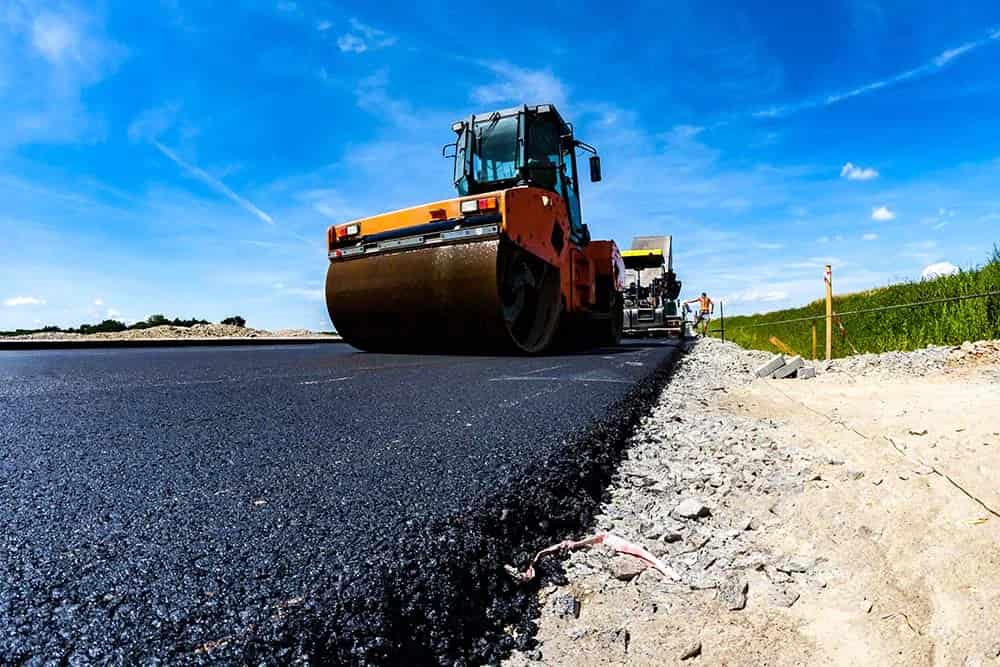
Individually metering the soap and water solution and the hot liquid asphalt at predetermined rates and temperatures into a colloid mill is required to produce the emulsion
Utilizing a colloid mill, asphalt is broken down into minute particles
The physical qualities of an emulsion are influenced by the size of the particles that comprise the emulsion
In order to further modify the physical properties of the emulsion, it is often essential to add additional components, such as latex, polymers, acids, and various additives such as gilsonite
The ionic charge is utilized to classify various forms of emulsions
Emulsions containing cations begin with the letter “C
” In most instances, the absence of component C will result in an anionic emulsion
The charge plays a crucial role in the process of developing an emulsion that is compatible with a certain aggregate
Following the charge, the designation is a series of letters indicating the rate at which an emulsion will solidify or consolidate into a continuous lump of asphalt
These sets are sometimes abbreviated as RS (Rapid Set), MS (Medium Set), SS (Slow Set), and QS (Quick Set)
Emulsions containing RS become rapidly unstable and have limited or no capacity to mix with aggregates
MS emulsions are sometimes referred to as mixing grade emulsions since they are intended for mixing with aggregates
MS emulsions are utilized in numerous compositions, including patch mixes, cold and warm dense-graded aggregate mixes, and cold recycling, among others
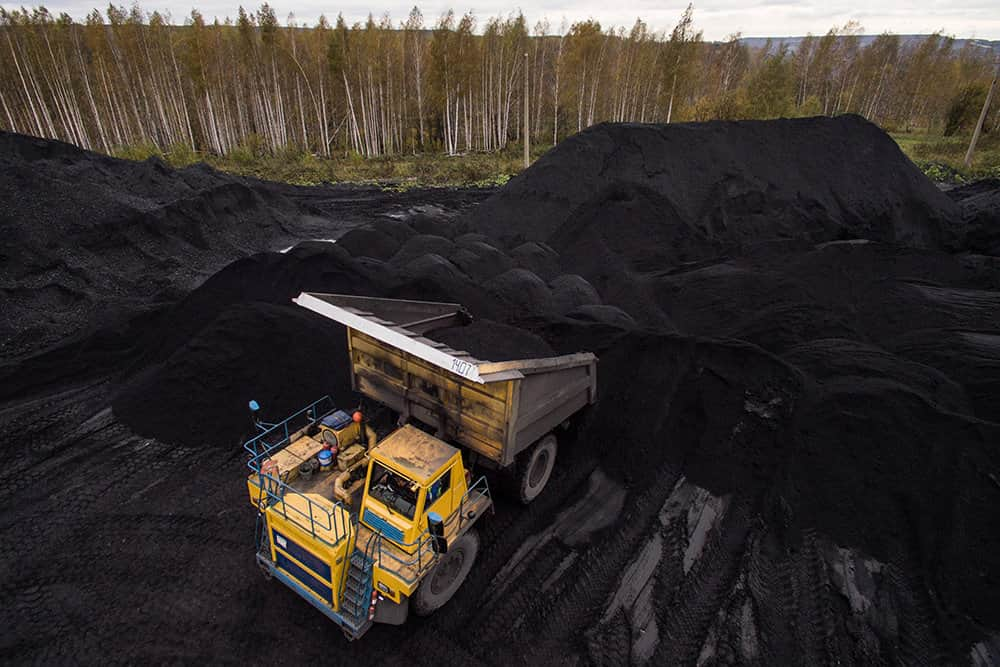
Emulsions of the SS and QS Types The compatibility of SS emulsions with fine aggregates permits the longest possible mixing period and the largest amount of workability
The most stable emulsions are used for dense-graded aggregate bases, slurry sealing, soil stabilization, asphalt surface courses, and some recycling
SS emulsions can be diluted with water to reduce their viscosity and make them appropriate for usage as tack coatings, fog sealants, and dust palliatives
Stainless steel emulsions are also widely used in driveway sealants
QS emulsions operate wonderfully with fine particles despite the fact that they are expected to degrade more rapidly than SS emulsions
Micro-resurfacing and slurry seal designs are both constructed with QS emulsions
Due to the short period, the roadway may be reopened to traffic faster
Emulsions with an Excellent Float Index The prefix “HF” added in front of the setting time designation indicates a High Float emulsion
Emulsions made with HF are created in such a way that the emulsifier causes the asphalt residue to form a gel structure
As a result of the thicker asphalt film, these emulsions can function efficiently over a wider range of temperatures
Various quantities of high floats are utilized in chip seals, cold mixes, and road mixes
The identification of the set is followed by a series of numbers and letters that provide more information about the emulsions’ qualities
Either 1 or 2 can be used to indicate the viscosity of the emulsion, with 1 indicating a lower viscosity and 2 a higher one
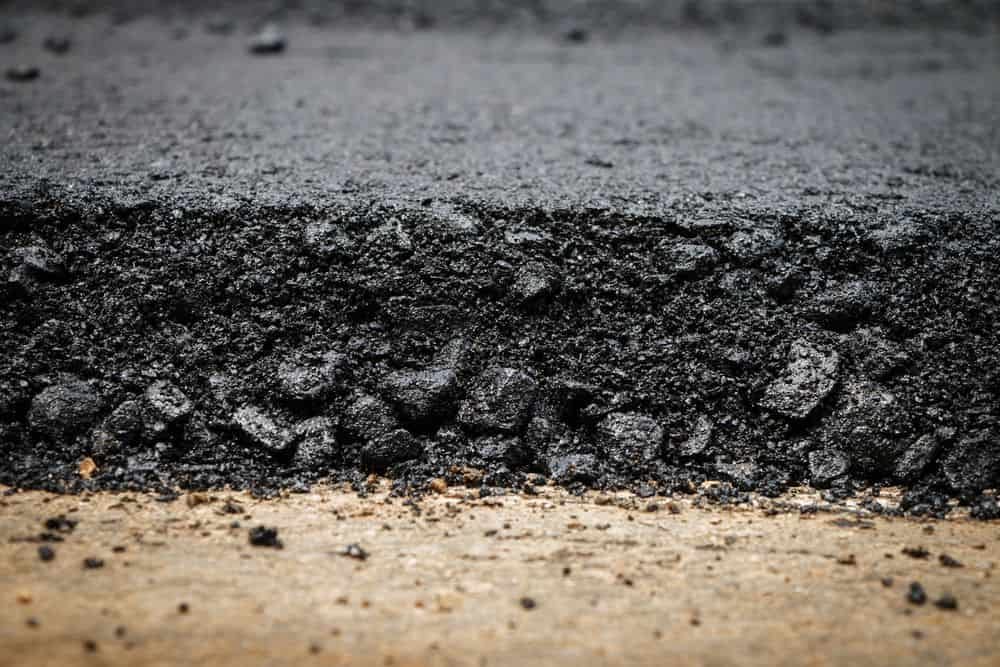
If the base’s name ends in h or s, the h indicates a more rigid asphalt composition, whilst the s indicates a more flexible asphalt composition
For instance, the SS-1h emulsion is a rather hard asphalt basis used to make a slow-setting, low-viscosity emulsion
Polymers It is possible to indicate the presence of polymer in an emulsion by appending the letter “P” to the set designation
The letter “L” indicates the presence of latex polymer
CRS-2P is an example of a cationic emulsion with a rapid setting time, increased viscosity, and polymer content
In order to improve the pavement’s strength, flexibility, adhesion, and durability, polymers and latex are used
At low temperatures, polymer asphalt emulsions can be made less brittle so that they resist cracking, while at high temperatures, they can be made stiffer so that they resist rutting and bleeding
Polymers enable the application of micro surfacing in regions such as wheel-path ruts and other locations requiring several stone depths
capable of adjusting and adapting It is possible to modify the emulsion’s physical properties to enhance its storage, curing, mixing, traffic return, and bonding strength
Emulsions readily accept additives such as polymers, latex, fillers, anti-strips, stabilizers, and other modifiers to enhance the physical properties of the cured asphalt and the emulsion itself
Once the asphalt has dried, these improvements can be observed in both the emulsion and the asphalt
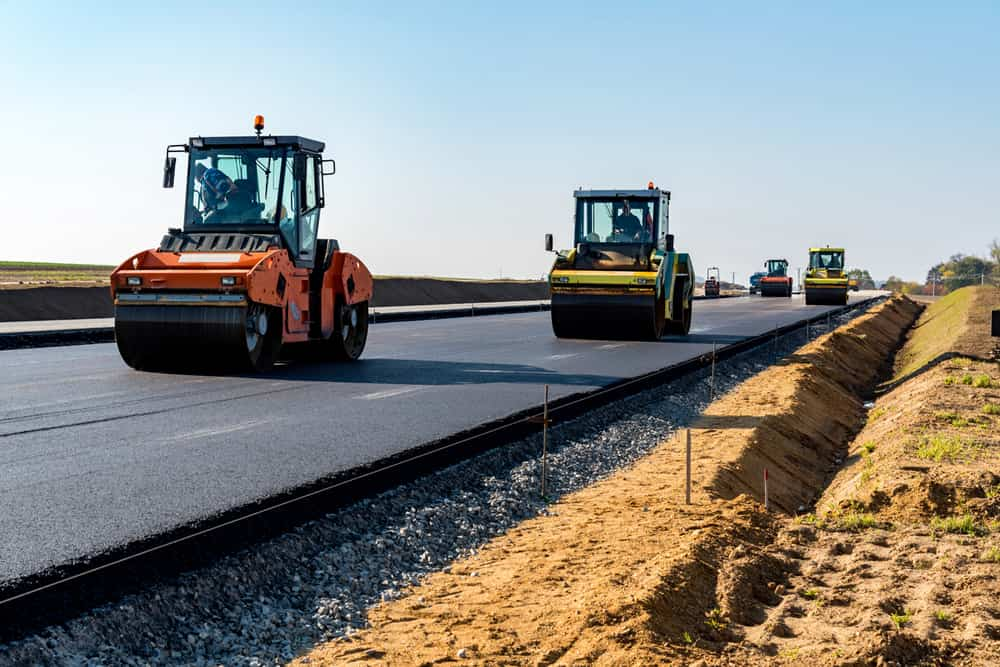
The positive, negative, or neutral charges may be assigned to an emulsion in order to optimize its compatibility with accessible aggregates
Emulsions can be engineered to function in a broad range of conditions, including those with low temperatures, as well as those that are humid or dusty
Additional properties of asphalt emulsions include:
emitting little or very little hydrocarbons into the atmosphere Not requiring additional heat for a variety of uses
Coat immediately any still-wet particles
Producing minimal fumes
Being ideal for places remote from any hot mix plants due to a large decrease in raw material and energy requirements
Utilized in a variety of recycling processes, reducing the expenses associated with user delays
Reducing the product’s total costs over its lifetime
Increasing sliding resistance, decreasing hydroplaning, and enhancing visibility are all crucial objectives
thin hot mix asphalt overlays that are less expensive than thin hot mix asphalt overlays
Thanks to the numerous advantages and diverse types of asphalt emulsions, pavement engineers are in the enviable position of being able to select an efficient treatment for each and every specific road requirement
We are here to provide you with the best gilsonite suitable for a variety of applications
Contact us and our professional sales executives will give you all the necessary information
